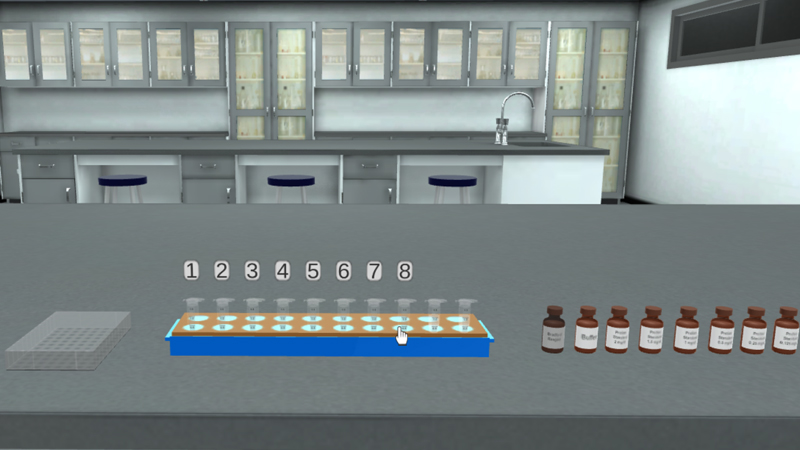





2.5M+
Active Users Worldwide
80%
Improved Learning Retention
60%
Reduction in Laboratory Costs
To measure the concentration of proteins in a solution by colorimetric analysis using Bradford assay test.
Protein concentration measurement according to Bradford assay method.
By the end of the Bradford assay experiment, student will:
Bradford assay explained:




